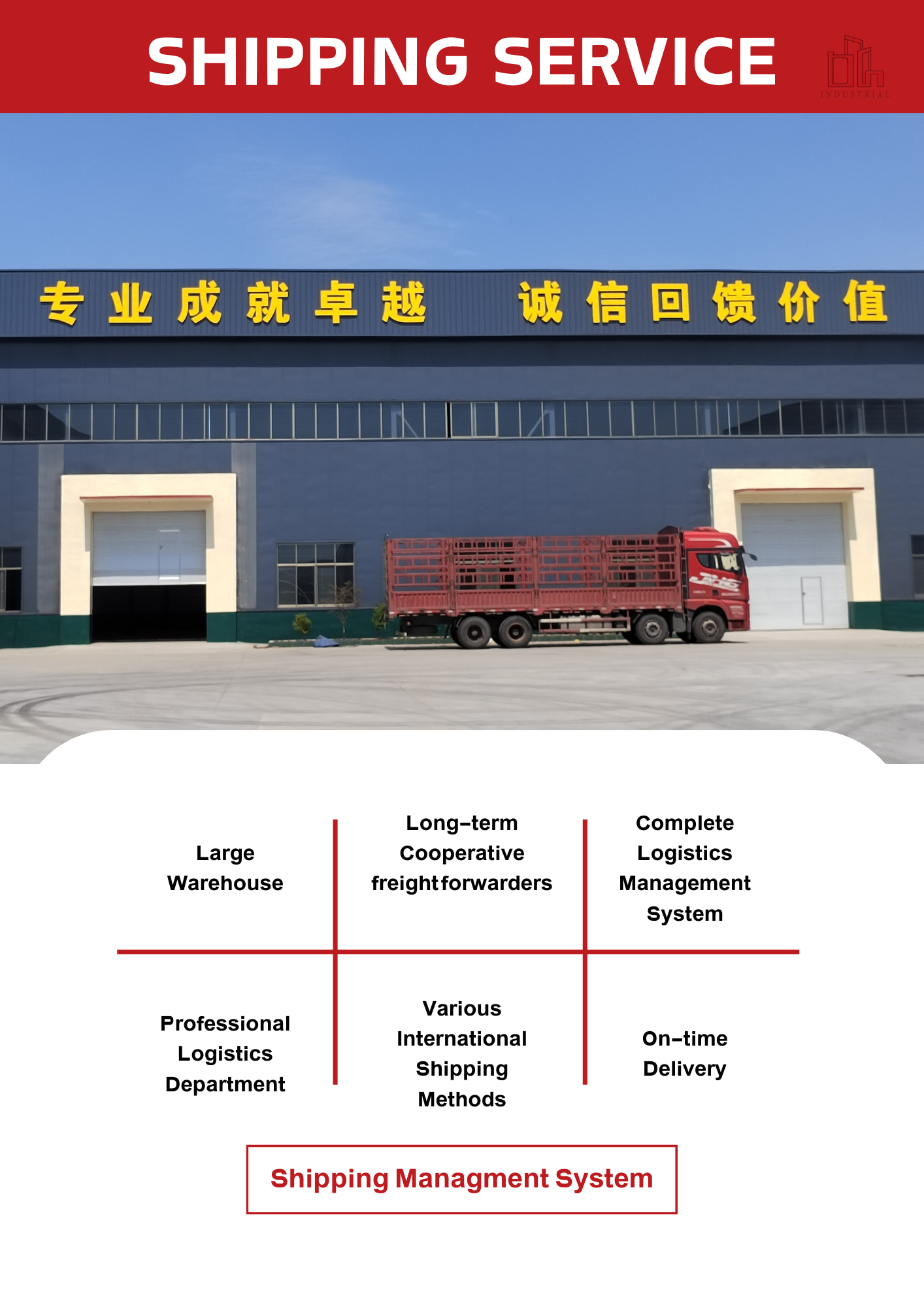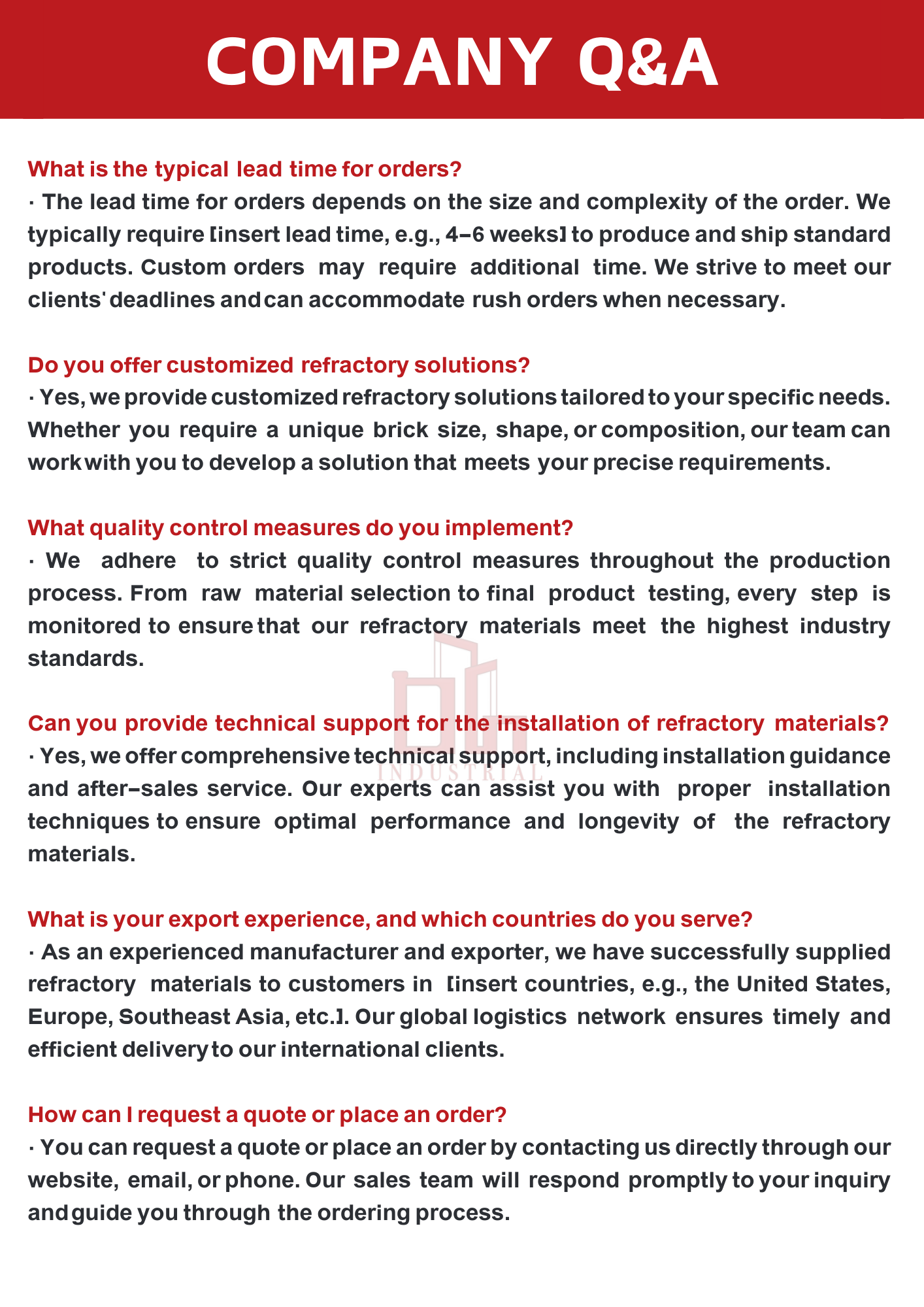Magnesia, also known as sintered magnesia, is produced by high-temperature calcination of magnesite, brucite or magnesium hydroxide obtained by the reaction of seawater and lime milk, and has strong hydration ability. It is mainly used to make alkaline refractory materials, such as magnesia bricks and magnesia-alumina bricks, which contain many impurities and are used to pave the bottom of steel furnaces for steelmaking.
The main chemical component is MgO, and the mineral component is periclase equiaxed crystal system, with a density of 3.56~3.65g/cm, a Mohs hardness of 5.5, a melting point of 2800°C, and significant volatilization at 1800~2400°C. Pure periclase is colorless, and as the content of Fe2O3 and CaO increases, the color changes from light to dark, ranging from yellow to brown to dark brown. The grain size of periclase increases correspondingly with the increase of calcination temperature and the extension of holding time, and its resistance to hydration and slag erosion also increases accordingly.
Payment :
In AdvanceProduct Origin :
ChinaShipping Port :
Shanghai PortLead Time :
15 Working daysProduct parameters:
| Grade | DYSMM-82 | DYSMM-78 |
| MgO, % | 82 | 78 |
| SiO2, % | 5 | 6 |
| Scorch reduction, % | 2 | 2 |
Product features:
1. High temperature stability: Magnesia has extremely high melting point and thermal stability, which can maintain structural stability at high temperatures for a long time and is not easy to melt or soften.
2. Corrosion resistance: Magnesia has excellent resistance to acid and alkali corrosion and can maintain stability in acid and alkali environments for a long time.
3. Thermal conductivity: Magnesia has high thermal conductivity and can quickly conduct heat and improve the thermal conductivity efficiency of the equipment.
4. Mechanical strength: Magnesia has high mechanical strength and anti-seismic properties, and can withstand certain mechanical loads and vibrations.



Tags :